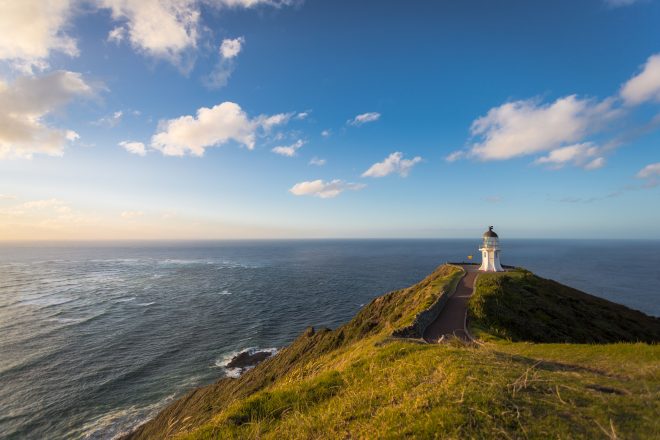New Zealand’s latest project to tackle climate change has been launched in the Oakura district on Whangārei’s northern coast. The Oakura coastal catchment pilot, which covers a 165 square kilometre area, was officially approved at the final Whangārei District Council (WDC) meeting of the year. The project includes three marae and the main communities of Whangaruru, Oakura, and Helena Bay.
Kylie Pedersen, WDC’s programme manager for climate change adaptation, said the pilot is about helping the community build resilience against climate change-related problems, such as regular flooding and coastal erosion. The aim is to reduce the community’s vulnerability to the harmful effects of climate change, such as extreme weather patterns.
The pilot is part of Whangārei’s ongoing climate adaptation work, which began in 2018. In 2019, the district council declared a climate emergency, joining 17 other regional and local councils across New Zealand.
The pilot area includes coastal holiday communities, tangata whenua marae, farming, and other land uses. The process typically starts with the community identifying local impacts, deciding when different sectors should take action, and then working out what actions to take.
Councillor Scott Mckenzie said the pilot is the result of collective work by Northland’s four councils. Pedersen added that communities play a crucial role in making decisions about adaptation and that the pilot will help inform future efforts to address climate change in the Whangārei District.
The Northland Regional Council is supporting the WDC in the new pilot. Meanwhile, the Far North District Council (FNDC) is close to choosing its first community climate change adaptation pilot, which is expected to launch in the first half of 2024. The FNDC’s website warns that climate change is already affecting the sea and coastlines, with sea levels projected to rise by 35cm and ocean temperatures by one degree centigrade over the next 30 years.





























































